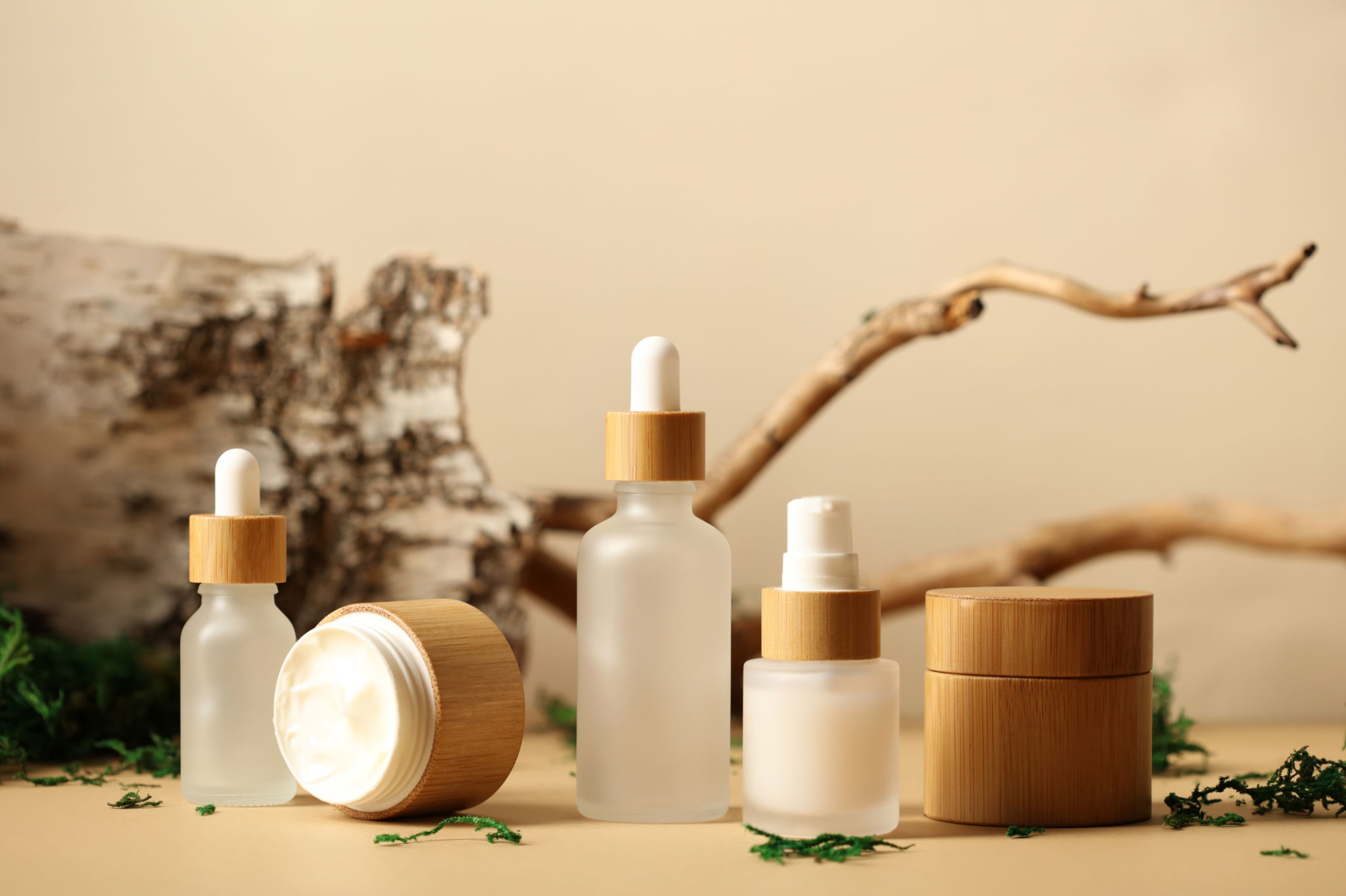How to Identify Truly Green Skincare Products in a Saturated Market
Understanding the Meaning of "Green" in Skincare
In the bustling world of skincare, the term "green" often gets tossed around with little clarity. To truly embrace eco-friendly skincare, consumers must understand what "green" entails. Essentially, green skincare products are those that prioritize sustainability, natural ingredients, and environmentally friendly practices. However, as the market becomes increasingly saturated, it is vital to identify which products genuinely adhere to these principles.
Before purchasing, it's crucial to research and understand what companies mean by "green." Often, terms like "natural" or "organic" are used interchangeably, but there can be significant differences. Look for certifications from recognized bodies, which can provide assurance that a product meets strict environmental and health standards.

Checking the Ingredient List
The ingredient list is a window into the soul of any skincare product. Truly green products typically contain natural ingredients derived from plants and minerals. Avoid products with long lists of synthetic chemicals or those with ingredients that you cannot pronounce. A good rule of thumb is to look for ingredients that you recognize and can easily find in nature.
Ingredients like parabens, sulfates, and synthetic fragrances should raise red flags. These are often used to extend shelf life or improve scent but can be harmful to both your skin and the environment. Instead, choose products with essential oils or plant-based preservatives.
Understanding Certifications
Certifications can help you navigate the overwhelming sea of products claiming to be green. Look for certified labels such as USDA Organic, Ecocert, or Leaping Bunny. These certifications ensure that a product meets stringent environmental standards and ethical practices.

Evaluating Packaging for Environmental Impact
Packaging is a significant factor in determining the sustainability of a skincare product. Truly green brands often use minimal packaging or opt for recyclable materials. Glass bottles, aluminum tubes, and biodegradable plastics are all excellent choices that reduce environmental impact.
Additionally, some brands offer refillable options, which significantly cut down on waste. By choosing products with sustainable packaging, you contribute to reducing the overall carbon footprint of your beauty routine.
Researching Brand Practices
Delving into a brand’s business practices can provide insight into their commitment to sustainability. Brands that prioritize eco-friendly practices often have transparent sourcing methods and engage in fair trade. They might also support environmental causes or have plans in place to offset their carbon emissions.

Seeking Customer Reviews and Recommendations
One of the best ways to gauge a product's effectiveness and authenticity is through customer reviews and recommendations. Consumers who have tested the products can offer insights into their experiences, including any skin reactions or benefits. Additionally, they might highlight any discrepancies between the brand's claims and actual results.
Online forums and social media platforms can be invaluable resources for honest reviews. Join communities focused on sustainable living or green beauty to tap into expert advice and recommendations.
Conclusion: Making Informed Choices
In conclusion, identifying truly green skincare products requires diligence and informed decision-making. By understanding ingredient lists, certifications, packaging, brand practices, and customer feedback, you can make choices that align with your values and contribute positively to both your skin health and the planet. Empower yourself with knowledge and take small steps toward a more sustainable skincare routine.